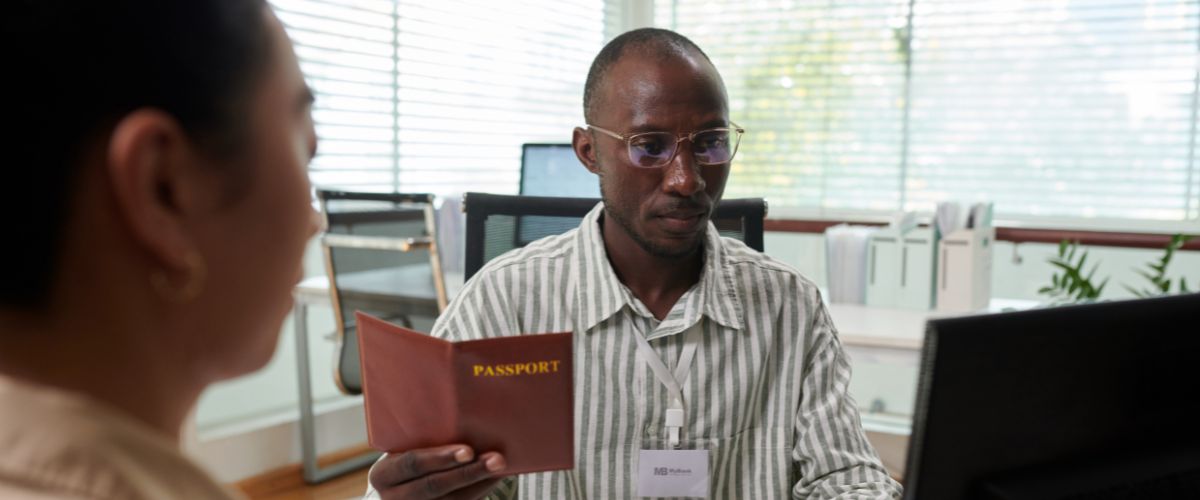Introduction
Navigating the U.S. immigration system can feel like walking through a labyrinth, particularly when going for the coveted EB-1A visa This remarkable capability visa permits individuals with outstanding achievements in their particular fields to self-petition for irreversible residency in the United States. If you're contemplating whether this course is ideal for you, you've pertained to the best place. In this article, we will dive deep into the complexities of Self-Petitioning for an EB-1A Visa: A Step-by-Step Guide, providing clearness and guidance.
What is the EB-1A Visa?
The EB-1A visa is developed specifically for people who have shown amazing capability in their professional pursuits. Unlike lots of other visa categories, it allows applicants to self-petition without needing a task deal or sponsorship from a company. This distinct feature makes it particularly interesting those who master science, arts, education, business, or athletics.
Benefits of the EB-1A Visa
- Self-Petitioning: No company sponsorship required. Permanent Residency: It leads straight to a green card. Priority Processing: Typically faster processing times compared to other visa categories.
Who is Qualified for the EB-1A Visa?
To certify under EB-1A eligibility criteria & evidence, candidates need to show continual national or international recognition and that their achievements have been acknowledged in their field of expertise.
Key Criteria for Eligibility
To show eligibility, candidates typically need to present proof in a minimum of 3 of the following categories:

Understanding the Application Process
When you choose to embark on your journey towards obtaining an EB-1A visa, it's essential to comprehend each step involved clearly.
Initiating Your Petition: Gather Needed Documentation
The primary step involves collecting all essential documents that shows your remarkable capabilities and accomplishments.
Types of Proof You Ought To Collect
- Awards and recognitions Media coverage Publications Letters of suggestion from peers and experts Any other appropriate materials that highlight your contributions and successes.
Preparing Your Kind I-140
Once you have compiled all your proof, it's time to prepare Kind I-140, Immigrant Petition for Alien Worker.
Completing Kind I-140
Make sure you carefully submit every section properly:
Part 1: Info about yourself (petitioner). Part 2: Information about any companies involved. Part 3: Information regarding your certifications and achievements.Filing Your Petition with USCIS
After completing Kind I-140 and assembling your supporting files, send them off to U.S. Citizenship and Migration Provider (USCIS).
Choosing Where to Send Your Application
Ensure that you're sending your application package to the appropriate service center based upon where you live or where your company lies if applicable.
Waiting Periods and Processing Times
Once sent, you might wonder the length of time it considers USCIS to process your application.
Typical Processing Times
Processing times can differ extensively based upon caseloads however normally fall within 6-- 12 months depending on different aspects such as service center work and total migration trends.
Responding to Requests for Evidence (RFEs)
If USCIS requires additional info concerning your petition, they may release an Ask for Evidence (RFE).
How to Deal with an RFE
It's essential not to panic; rather:
Read through the RFE carefully. Gather extra info requested. Respond promptly within the defined timeframe supplied by USCIS.Interview Process
While most EB-1A petitions do not need interviews, some cases may be chosen arbitrarily for more scrutiny.
Preparing for Your Interview
If required an interview:
- Dress professionally Familiarize yourself with your application details Be all set to discuss your accomplishments confidently
Receiving Your Decision
After processing is complete, you'll get a choice from USCIS regarding your petition status-- either approval or denial.
Next Steps After Approval
Upon approval, you'll either acquire your permit if you're currently in the U.S., or you'll go through consular processing if you're outside the country.
Common Obstacles Throughout Self-Petitioning
While pursuing an EB-1A visa can be rewarding, it's not without its challenges.
Documenting Remarkable Ability
One substantial obstacle lies in properly recording remarkable ability as per EB 1A eligibility criteria & evidence requirements set by USCIS.
Tips on Getting rid of Documentation Challenges
Consider these techniques:
- Engage with specialists who focus on immigration consulting support. Seek guidance from U.S. immigration experts experienced with EB visas.
Misunderstanding Criteria
Many applicants misinterpret what constitutes "amazing ability," leading them down paths that may not yield beneficial results.
Clarifying Mistaken beliefs About Amazing Ability
Extraordinary capability implies considerable accomplishments recognized by others rather than personal viewpoint-- ensure you gather strong third-party endorsements!
Frequently Asked Questions (FAQs)
Here are some typical questions associated with self-petitioning for an EB‑1A visa in addition to succinct answers:
1. What does "extraordinary capability" mean?
"Amazing capability" describes individuals who have actually reached a level of know-how showing significant recognition within their field-- believe Nobel Reward winners or Olympic medalists!
2. Can I use while presently working on another type of visa?
Yes! As long as you meet eligibility requirements under current situations-- including documents-- you can use while holding another nonimmigrant status like L‑1A! https://usareaimmigrationservices.com/k1-visa/
3. For how long does it take before I get my permit after approval?
Generally speaking, when approved through change status or consular processing-- it might range anywhere from several weeks up until over a year based upon numerous elements including background checks!
4. Exists any limit on the number of people can apply under this category per year?
No specific cap exists restricting applications under EB‑1A visas-- they are exempt from yearly quotas suitable across a lot of employment-based visas!
5. Do I require legal representation throughout this process?
While legal representation isn't necessary-- consultations with knowledgeable U.S migration experts are extremely beneficial ensuring appropriate handling throughout all stages!
6. What takes place if my application gets denied?
If rejected-- you'll get detailed thinking; nevertheless alternatives exist consisting of filing appeals such as Movement To Reopen/Reconsider which might potentially lead towards successful re-evaluation later down line!
Conclusion
In conclusion, self-petitioning for an EB‑1A visa can be intricate however exceptionally rewarding if approached properly! By comprehending eligibility requirements completely along with eager attention paid towards paperwork requirements-- you'll enhance chances significantly towards accomplishing permanent residency status effectively! Keep in mind also keep communication lines open engaging trusted experts like U.S location migration services whenever uncertainties occur during this important journey ahead!

